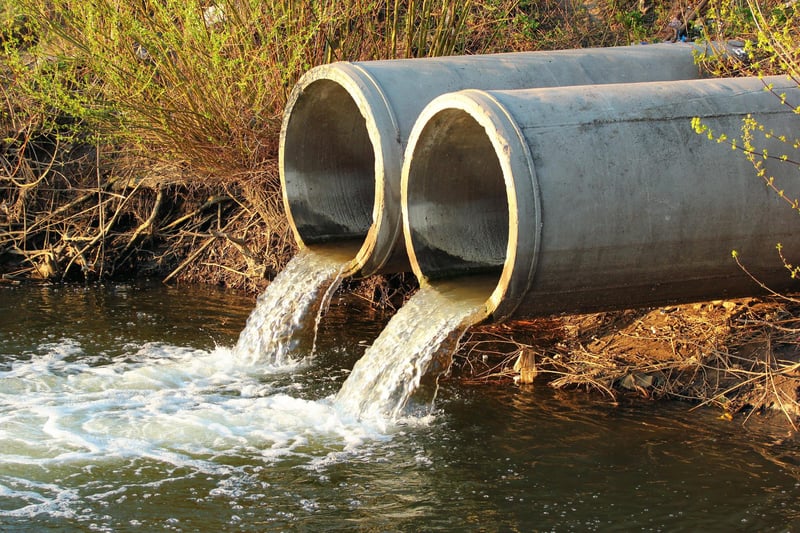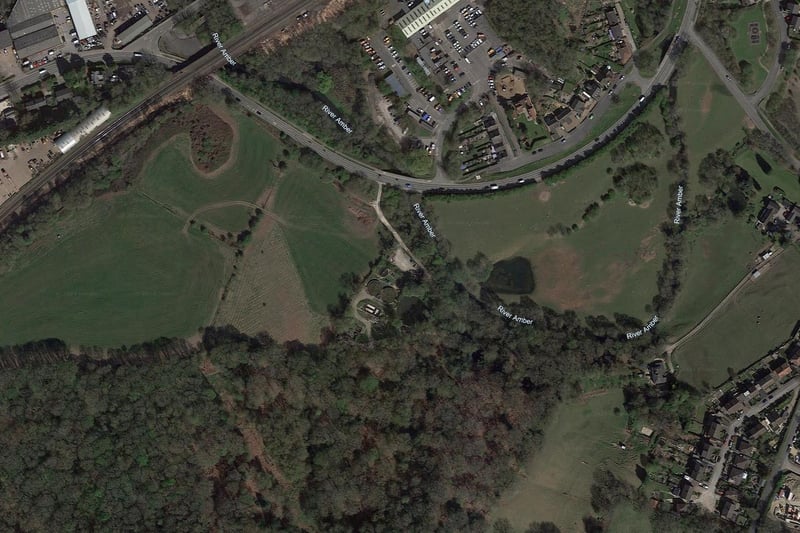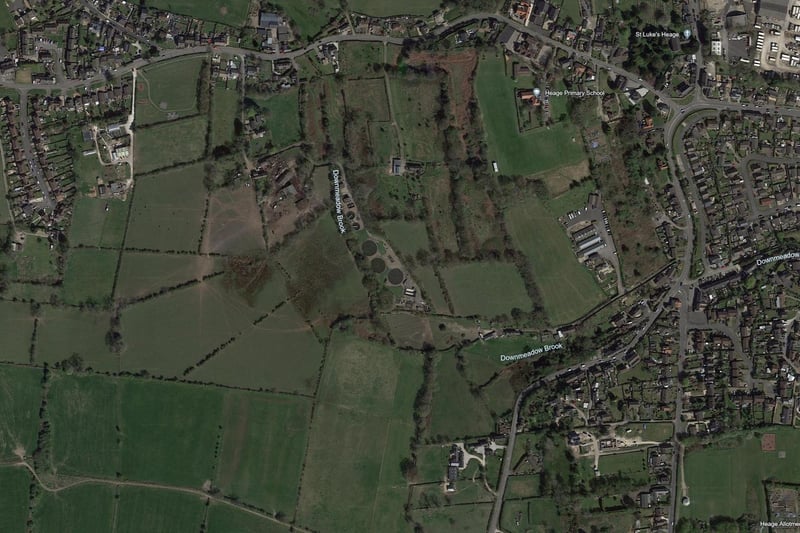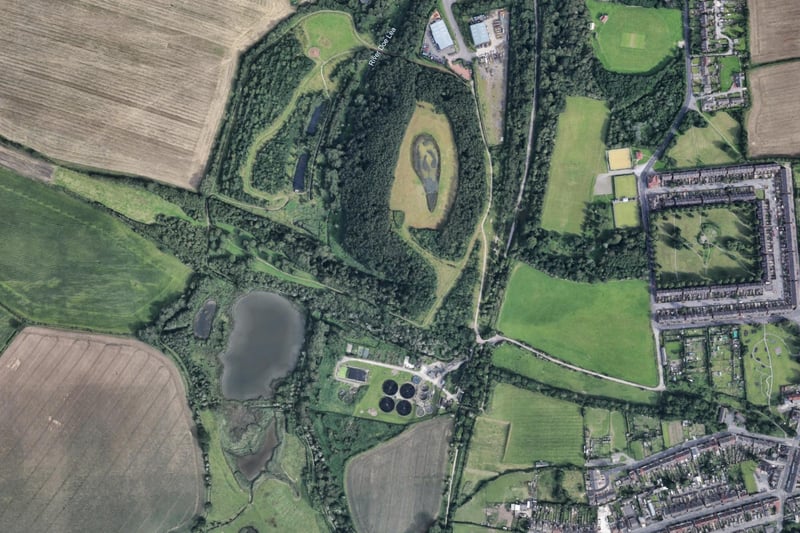The Environment Agency published its 2023 report for ‘Event Duration Monitoring’ on Wednesday, March 27 – an annual dataset relating to the performance of storm overflows, which discharge into natural waterways, either when rainfall overwhelms the sewage system’s normal capacity or because of infrastructure failure.
In principle, storm overflows serve to prevent sewage backing up into homes and businesses at critical moments, but the numbers involved are causing concerns about water safety, its impact on the natural world around us and whether water companies are doing enough to manage pollution.
The annual data indicates the length of time over which spillage occurred, rather than the sheer amount of sewage, which would vary with the size of the overflow facility in question.
The headline figure showed that sewage spills into England's rivers and seas by water companies more than doubled in 2023, totalling 3.6million hours of flow, compared to 1.75m in 2022.
Severn Trent, the sewage treatment provider serving almost all of Derbyshire, reported 60,253 monitored spill events in 2023, adding up to a total of 440,446 hours.
Across 2,421 monitored overflows in the company’s region – which extends from the Bristol Channel to Humberside – 20 of the top 60 longest spill times were in Derbyshire.
However, the county’s hall of shame also involves sites overseen by United Utilities in the north-west, and Yorkshire Water in the north-east.
Here are some of the worst-affected overflow sources, ranked from shortest to longest in terms of overflow duration for the whole year.

1. Discharge of sewage into a river
Discharge of sewage into a river. (Getty Images/iStockphoto) Photo: aquatarkus

2. AMBERGATE (HAGWOOD) PUMPING STATION
Severn Trent Water discharged sewage into the River Amber here for 1547.51 hours over at least 105 spills. Photo: Google

3. HEAGE SEWAGE TREATMENT WORKS
Severn Trent Water discharged sewage here into Downmeadow Brook for 1557.24 hours over at least 157 spills. Photo: Google

4. BOLSOVER WASTEWATER TREATMENT WORKS
Yorkshire Water discharged sewage here into the River Doe Lea for 1573.25 hours over at least 121 spills. Photo: Google